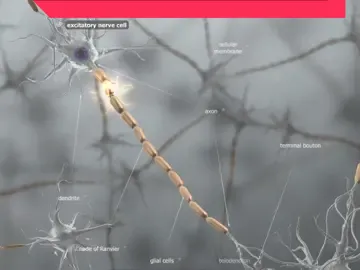William
Region: US
Wednesday 16 July 2025 14:28:46 GMT
711
33
4
2
Music
Download
Comments
ana josephson :
Camera settings on your phone?
2025-07-16 14:40:26
1
spencer.althouse :
Wait these are so good
2025-07-16 14:40:55
1
Maddy :
This eats
2025-07-17 00:50:38
1
To see more videos from user @wwfrank, please go to the Tikwm
homepage.





